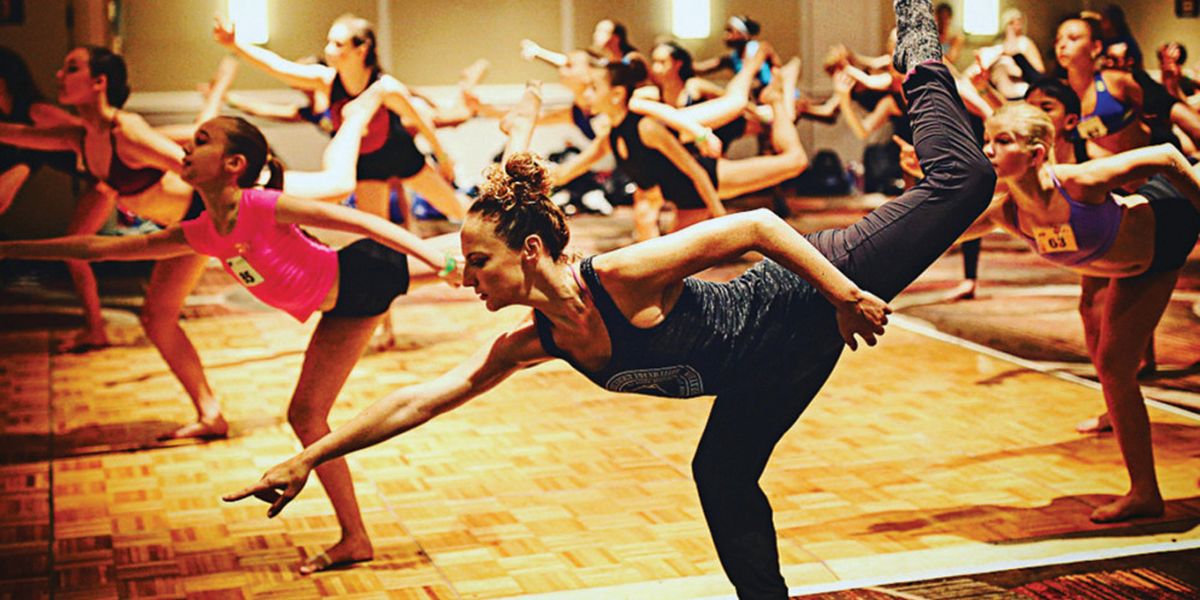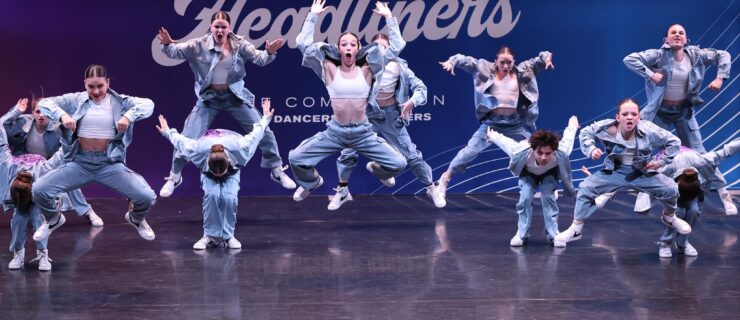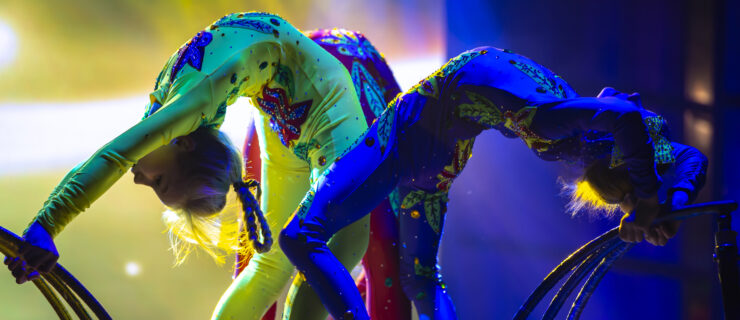The Whole Dancer: NYCDA Faculty Member Rachel Kreiling on Self-Care & Staying True to Yourself
When Rachel Kreiling first walked into New York City Dance Alliance as a young student in 1995, she couldn’t have anticipated the lifelong connections she was about to make. Following a performing career that took her around the world, Kreiling found herself back at NYCDA as an assistant at the invitation of founder Joe Lanteri. She joined the faculty in 2008 and has been there ever since.
At the heart of Kreiling’s teaching is her passion for dancer wellness. Kinesiology, neuroscience and conditioning play a key role in her work at NYCDA and as a guest teacher at studios nationwide. We talked to Kreiling for our very first “Whole Dancer” column, where we hear from top NYCDA dancers, choreographers and teachers about wellness, self-care and more:
On her journey with NYCDA:
“NYCDA nurtured me to be a professional dancer, not just a competitive dancer. That was huge when it came time to transition from a competitive studio environment to the professional world. I was set up with the tools to succeed and had built strong relationships with the faculty. Those relationships have stayed strong because each faculty member is invested in guiding every kid. It’s not just for the weekend; it’s for the long haul.”
On dancer wellness:
“It’s not just about technique. It’s about physical and mental well-being in and out of the classroom. Overuse, underuse and lack of awareness injuries are manageable. A lot of dancers just lack the tools. The physical well-being of dancers stems from educating themselves and understanding anatomy, physiology, biomechanics and proper conditioning that counterbalances the overuse and underuse tendencies we have in dance.”
On her teaching style:
“I approach things from a very kinesthetic, holistic point of view. When I was working with my seniors recently, we were talking about how when you stand on the side during a combination, it’s not just about watching the good people. It’s about identifying for yourself what their successful tools are. Is it dynamics? Is it lines? Is it space? Is it technique? It’s about making sure that when you come out to the floor you are mentally active. You are aware of where you are in space and keeping your body safe.”
On the NYCDA atmosphere:
“When we teach, we really spend time talking about mental tools and how to be in a workshop or audition space. We discuss how to be a part of a community. It’s about progress, not perfection. If you can make simple steps one at a time, that is celebrated here at whatever level you’re at. It’s more of an educational environment than a competitive environment.”
On her self-care routine:
“I recently started something called The 5 Second Journal: “How do you feel today and why do you feel like that?” It forces you to assess things that energize or bring positivity to you. I wake up in the morning, assess for 2-3 minutes and then move on. It’s a great way to start my day.
“After that, I do a simple workout that organizes my entire body. At least once a week, I have an active recovery day. No dance technique. Whether it’s rolling out, doing another conditioning practice or just simple stretching, I take the time to do something that’s passive and restorative. I also love using oil diffusers at night. It helps me clear my mind and reset.”
On being well-rounded as a dancer:
“Remember that with dance, it’s not about the steps. It’s about gaining the tools to be a well-rounded person who can be successful in whatever field you choose. Those tools go beyond the convention floor. It’s about how to be resilient and a learner who will grow and progress. It’s about advocating for yourself and understanding your strengths and weaknesses.”
On the best advice she’s ever received:
“If you stay true to yourself, the best will come out. When you try to fabricate or alter who you truly are, that’s when things start to crumble. When you value what you say and do and don’t compare yourself to others, that’s enough and it will be well-received.”
On her greatest inspiration:
“I came from an environment in which understanding your body was not a priority. I suffered injuries because of it. When I came stateside after doing international work, I came to Suzi Taylor‘s class. I was in the back corner trying to hide and she circled around the back, leaned over my shoulder and said, ‘Whatever you’re doing from 12:00 to 2:00 every day, change it.’ So I did. I moved my work and was in her class every single day. She retrained me and taught me about resilience and acceptance. I wouldn’t be where I am today without her.”




